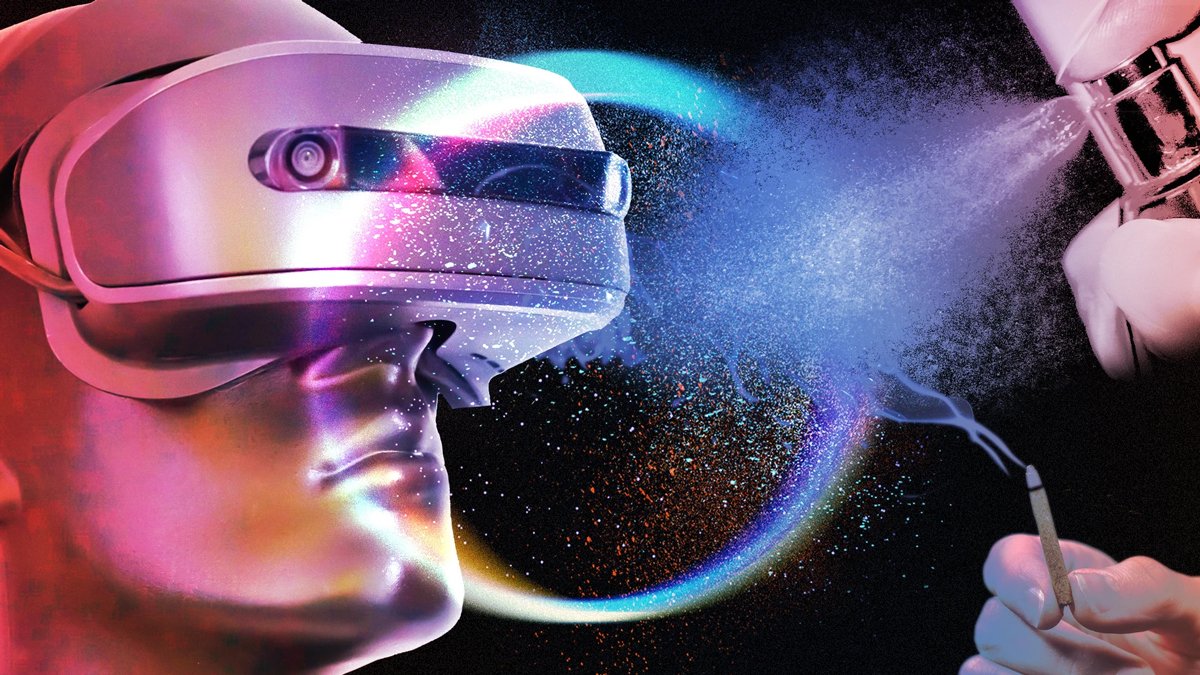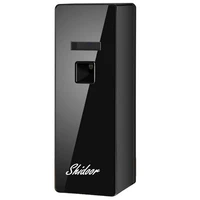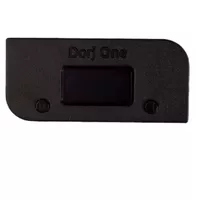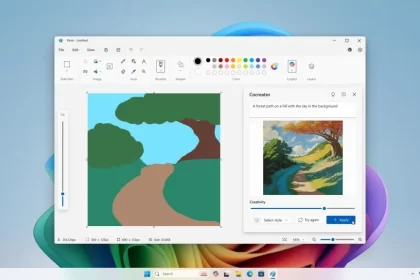Start-up Osmo is rushing to realize a future only seen in the movies, training computers to interpret scents with the goal of making scent recognition possible with artificial intelligence.
Osmo technology is a complex and multidisciplinary integration of science and engineering at the cutting edge of technology, but its purpose is simple. The company wants to build a generative AI that can do for scents what OpenAI’s ChatGPT and Google’s Gemini do for sounds and images.
It is written on the website of this company:
“In this new era, computers will produce smells like today’s images and sounds.”
2,197,000
Toman

6,500,000
Toman
Artificial intelligence can smell!
Teaching a computer to instantly smell scents isn’t as simple as giving it sight or sound. Microphones and cameras have been around for decades, and the data they produce can be interpreted by a computer like any other input.
But there is no olfaction equivalent to what the microphone is to the human ear. We have technologies like breathalyzers that can analyze the chemical content of certain gases. These devices are used for purposes such as testing a person’s breath for the presence of ethanol to determine the blood alcohol level.
However, such sensing devices must be tuned to recognize a specific set of molecules. Even if a sensor can detect a range of environmental molecules, a computer alone will not be able to classify and identify them.

Odor recognition with artificial intelligence
Credit: Fastcompany
According to Osmo, that’s where artificial intelligence comes in. Sniffing computers involves a seemingly simple task. It is necessary to identify which molecules are associated with which types of scents and then train artificial intelligence to recognize and identify specific patterns.
It sounds easy enough, but there are still no olfactory patterns for an AI to study, and inventing a dataset containing labeled examples of molecular bonds from scratch is a huge task.
According to Alex Wiltschko, a former Google engineer and one of the founders of Osmo, the whole process of smell identification requires incredible precision, and the reason it’s challenging is because you can move a small thing, like a molecular bond, in that molecule. And the perfume of the molecule will turn from a rose to a rotten egg!

1,353,000 Toman
Helping to diagnose diseases
On the surface, digital smell detection technology may not seem like much, but the company hopes to create a system that can smell so accurately that it can detect the presence of certain diseases, such as cancer, or diabetes-related symptoms, such as low blood sugar, using recognize smell
The team also hopes to develop a method to recreate odors using molecular synthesis. For example, it allows a computer in one location to smell something and then send that information to another computer for resynthesis, which means transmitting the smell remotely over the Internet.
And in this way, scent can even join sound and image as a part of the world of marketing and branding. One day, organizations and companies may be concerned about which specific smells better represent their brands, and the question may even be raised, which digital currency smells better?
Source: CoinTelegraph

2,197,000
Toman

6,500,000
Toman
RCO NEWS














